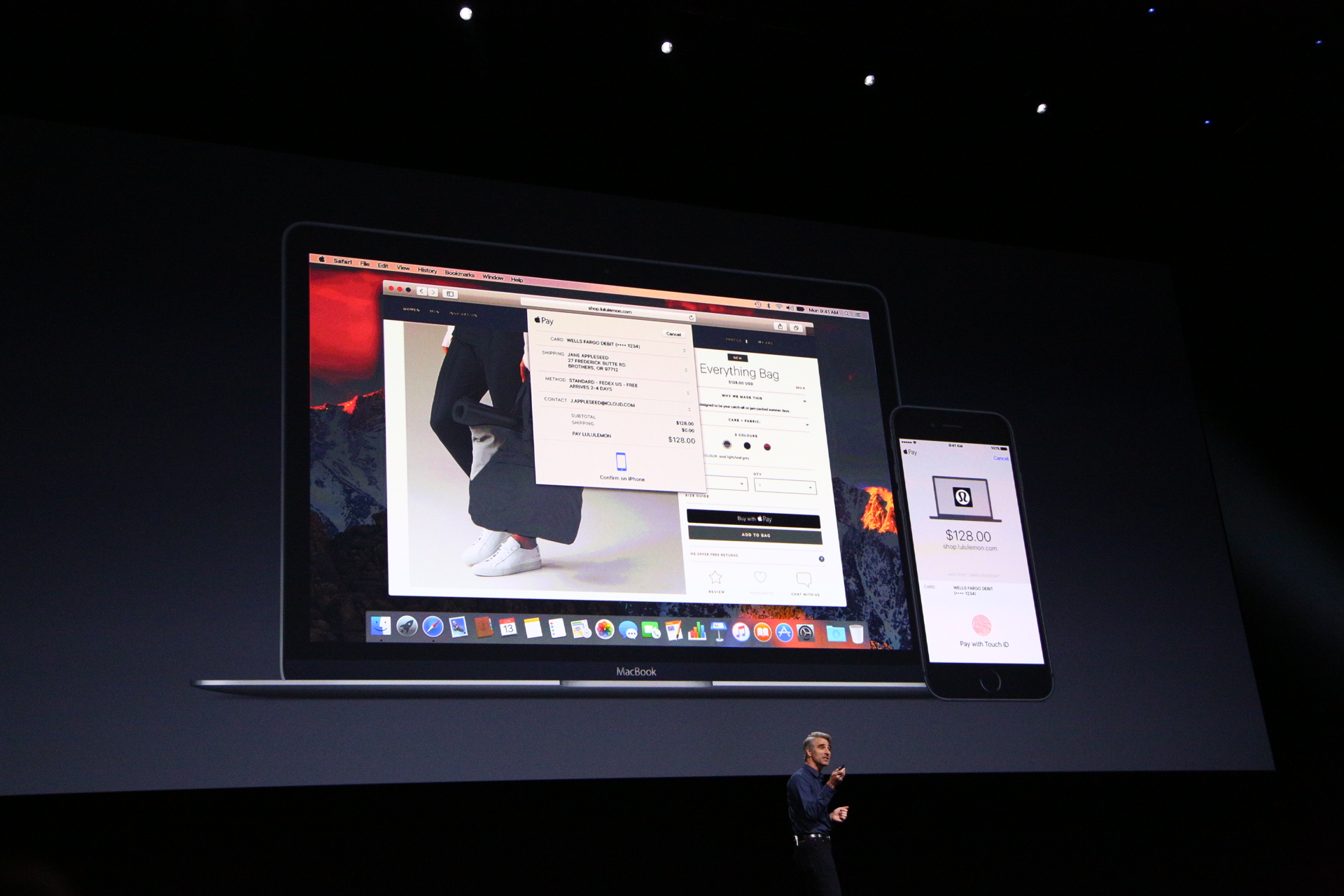
- 2 Min Read / Blog / 3.2.2020

With iOS 10’s release last week and this week’s launch of macOS Sierra, websites have a new tool to securely sell goods and services online.
Since its debut with iPhone 6 in 2014, Apple Pay has grown to become the top contactless payment service in the world, with retail partnerships and in-app integrations driving unprecedented growth. But Apple Pay, for all its early adoption relative to competitors in the space, has remained strictly limited to a handful of iOS and watchOS devices, a handful of native iOS apps, and Apple-focused or security-conscious users. But with iOS 10 and macOS Sierra, Apple is extending Apple Pay to the web with Apple Pay JS, a JavaScript API that will allow any website to securely accept payments on the web.
The benefits of Apple Pay go beyond the flashy Touch ID authentication method—the payment service conceals customers’ credit card numbers by using a one-time token instead. This random string is unique to the individual purchase, so none of the customer’s payment information is stored with the merchant. In an age of constant security breaches among retailers and online ecommerce storefronts alike, this kind of security protection is a welcome—and necessary—evolution.
The kind of security used by Apple Pay is a welcome and necessary evolution to protect customer data in an age of constant security breaches.
Websites now can implement Apple Pay as a payment option alongside traditional payment card fields, accelerating the purchase process for the millions of customers shopping on their iPhone, iPad, or Mac. With one tap, users are presented with a system Apple Pay payment sheet that they can use to confirm their purchase details and shipping information, if necessary. Since statistics have repeatedly shown that iOS customers are those most likely to shop and spend more online, this is a lucrative audience to target features toward.
Accelerating the purchase process is a massive benefit to ecommerce retailers, especially brands struggling with cart abandonment or high drop-off rates during the checkout process. iOS users are enamored of Apple Pay not only because of its security features but also because of its ease of use—one scan of their fingerprint, and they’re done. One tap of an Apple Pay JS–powered “buy” button will fetch users’ saved payment details from their iOS device, making the checkout process for first-time visitors and repeat customers alike easier than ever.
In addition to many websites being able to implement Apple Pay JS themselves, there are several ecommerce platforms and online payment processors that are launching with support for Apple Pay JS in the coming months, including Stripe, Magento, and Shopify. These integrations will make Apple Pay adoption on the web much easier for ecommerce brands, and ensures that users will become familiar with Apple Pay as a payment option across the web.
Apple Pay JS gives customers security and ease of use, which makes it a win-win for ecommerce sites looking to accelerate checkout and prevent cart abandonment.
While Apple Pay JS works exclusively on Apple devices, it won’t be long before Google’s Android equivalent—aptly named Android Pay—and other competitors enter the fray. With these kinds of tokenized payment options that have populated NFC antennae and native apps for the last few years making their way onto the web, all parties benefit—users get the increased security and ease of use, while developers and ecommerce websites can accelerate the purchase process and prevent cart abandonment. Given its continued focus on proprietary native technologies for iOS, the web might not be Apple’s top strategic priority, but new releases like Apple Pay JS represent a knowing nod to web developers who want to make their online storefronts better.
Download our full iOS 10 Strategy Guide.